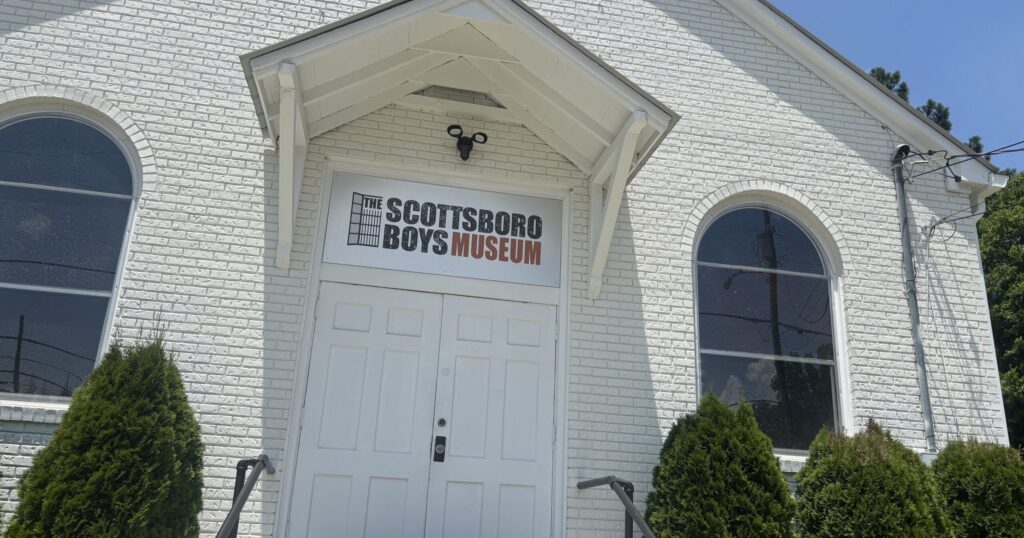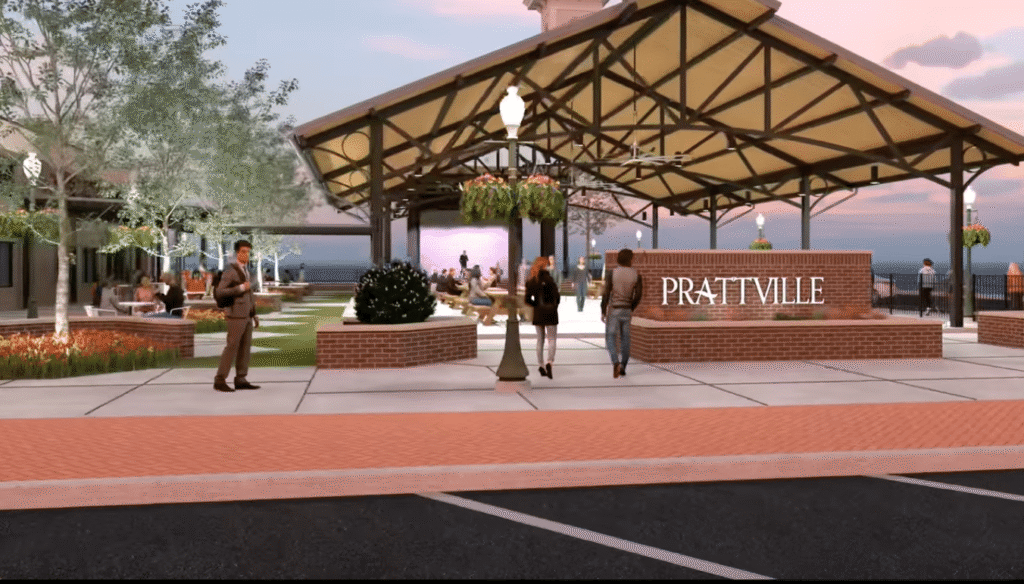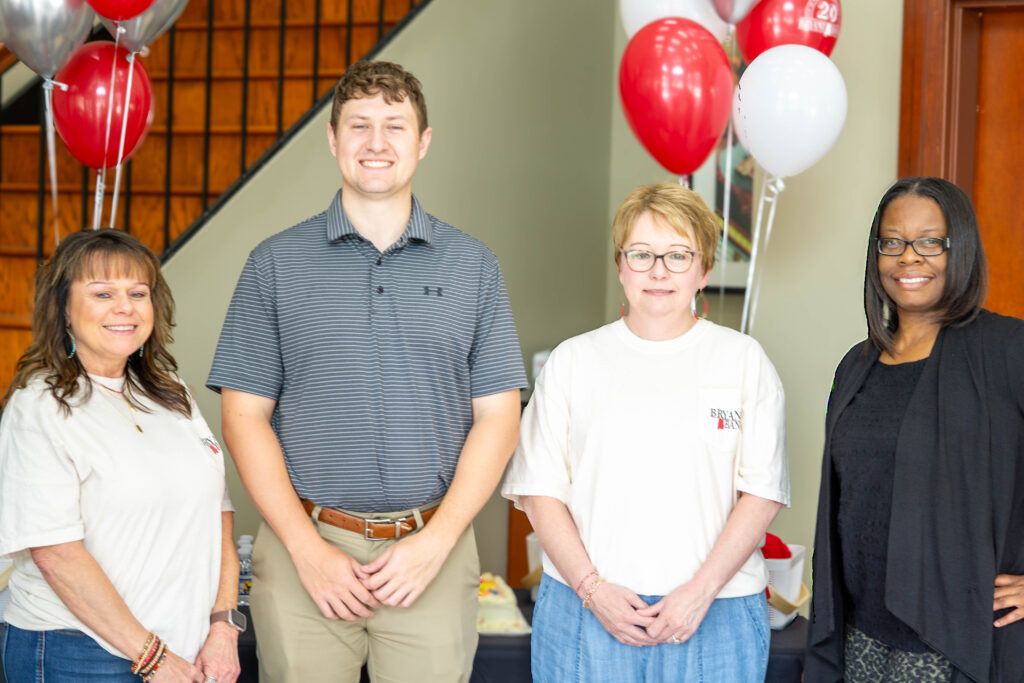The “nutty” history of Alabama: George Washington Carver’s legacy in Dothan
Reading time: 5 minutes

As you may know, February is dedicated to celebrating important people and events as the annual Black History Month. While Alabama has no shortage of influential black citizens, we wanted to focus on one important innovator in particular—George Washington Carver.
Who is George Washington Carver?

George Washington Carver was born into slavery before 1864 in lower Mississippi. When he was just a week old, George, his mother and his sister were kidnapped by raiders to be sold in Kentucky. Only George was returned to Moses Carver. After slavery was abolished, George was raised by former owner Moses Carver and his wife, who encouraged him to pursue an education.
He attended a series of schools before being accepted as Iowa State Agricultural College’s first Black student in 1891. At Iowa State, George Washington Carver achieved a Masters, gaining national recognition as a botanist. Afterwards, George Washington Carver was invited to teach at the Tuskegee Institute’s Agriculture Department by none other than Booker T. Washington himself.

Through his research, George Washington Carver developed new ways to improve the efficiency of farmland. Farmers were dealing with soil depleted of nutrients from repeat plantings of the same crop. Carver and other agricultural experts encouraged farmers to practice crop rotation—alternating the planting of cotton with other plants, like sweet potatoes or peanuts. This method strengthened farms in two ways: crop rotation kept the soil full of valuable nutrients and provided a number of alternative cash crops.
The impact of George Washington Carver on Dothan

In the early 1900s, many Alabama farming communities—such as Dothan and Enterprise—lost valuable cotton crops due to an infestation of boll weevils. Using George Washington Carver’s methods, Dothan and other small towns were able to restore their farming economy by planting peanuts. After the harvest season, Dothan hosted the first National Peanut Festival in 1938 with George Washington Carver as their first guest speaker. A six foot tall statue of George Washington Carver holding up a peanut stands on the National Peanut Festival Fairgrounds today.

Most of the peanuts grown in the United States are grown within a hundred mile radius of Dothan. Peanuts play such a big part of Dothan that the city is covered in decorative peanut statues, and the city still hosts a National Peanut Festival during the annual harvest season.
George Washington Carver Interpretive Museum

From what I could find, there are two George Washington Carver museums in Alabama. There is the George Washington Carver Museum at the Tuskegee Institute National Historic Site. Then there is the George Washington Carver Interpretive Museum (also known as The Carver) in Dothan, Alabama.
Unfortunately, the Tuskegee museums are still in the process of reopening due to COVID-19. However, you can still visit the George Washington Carver Interpretive Museum by reserving private tours or taking a virtual tour.

The George Washington Carver Interpretive Museum was renovated from Dothan’s old Greyhound Bus Station. This bus station showed the remnants of legal segregation with separate “Colored” entries, restrooms and water fountains. Dr. Francina Williams and Alpha Kappa Alpha Sorority changed the history of the bus station in 2000 by creating a legacy for African Americans instead.
Inside the museum, the walls quote Carver, saying, “When you can do the common things of life in an uncommon way, you will command the attention of the world.” It features a permanent exhibit on his life and tools, a wall sized timeline of social progress, art shows showcasing Black artists and a section dedicated to nineteen other Black pioneers.

Some on the nineteen Black inventors include the following Alabama natives: Percy Lavon Julian, an internationally acclaimed organic chemist; Garrett Morgan, inventor of the gas mask; and Elijah H. McCoy, best known for his invention of an automotive lube the decreased the need for train maintenance. Right now the works of artist Charley Palmer (whose art was commissioned by TIME Magazine and John Legend) are exhibited at the Carver Museum.
AKA sorority and Dr. Williams created a vital resource on civil rights for the Wiregrass area. Aside from honoring well known heroes, they share the stories of lesser known ones and inspire the city to create more social progress. Visit this museum to learn more about Alabama’s history.
For more Black history, read Claire’s piece on the Scottsboro Boys Museum and mural.






